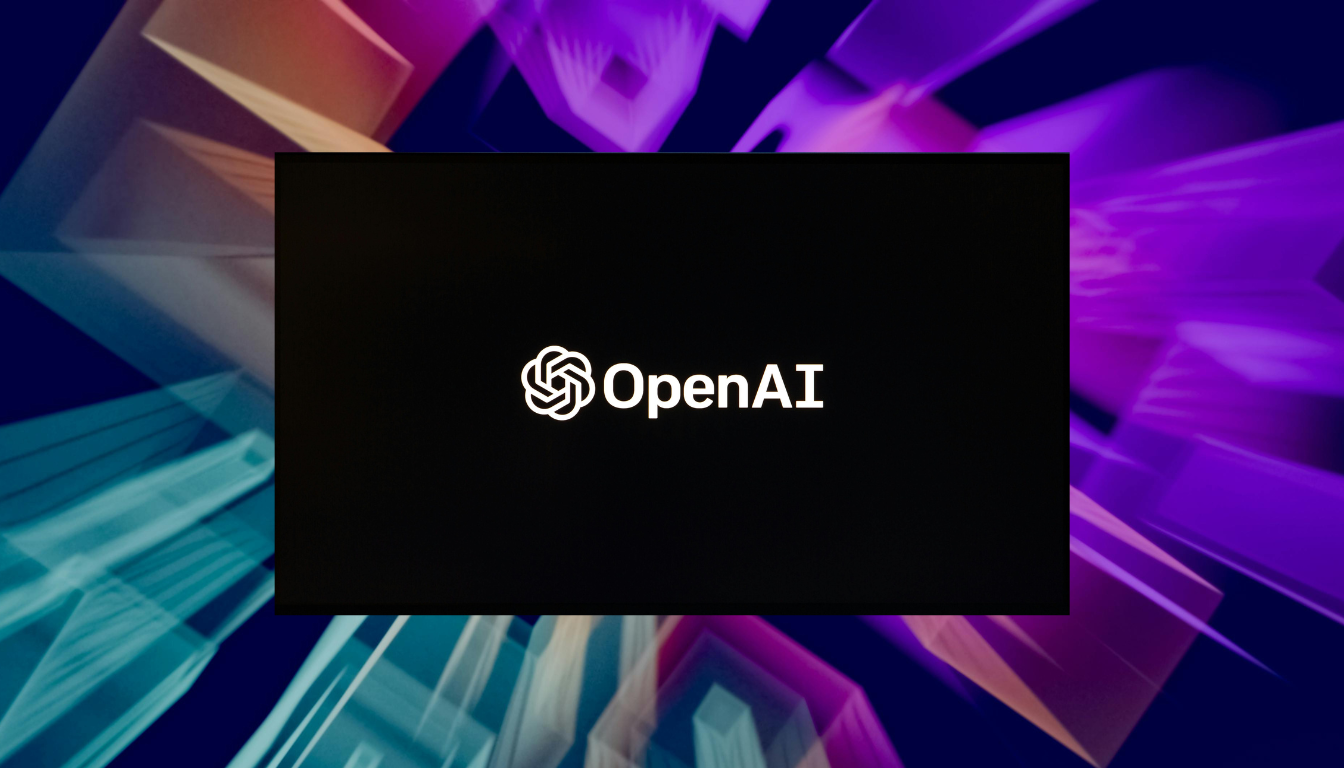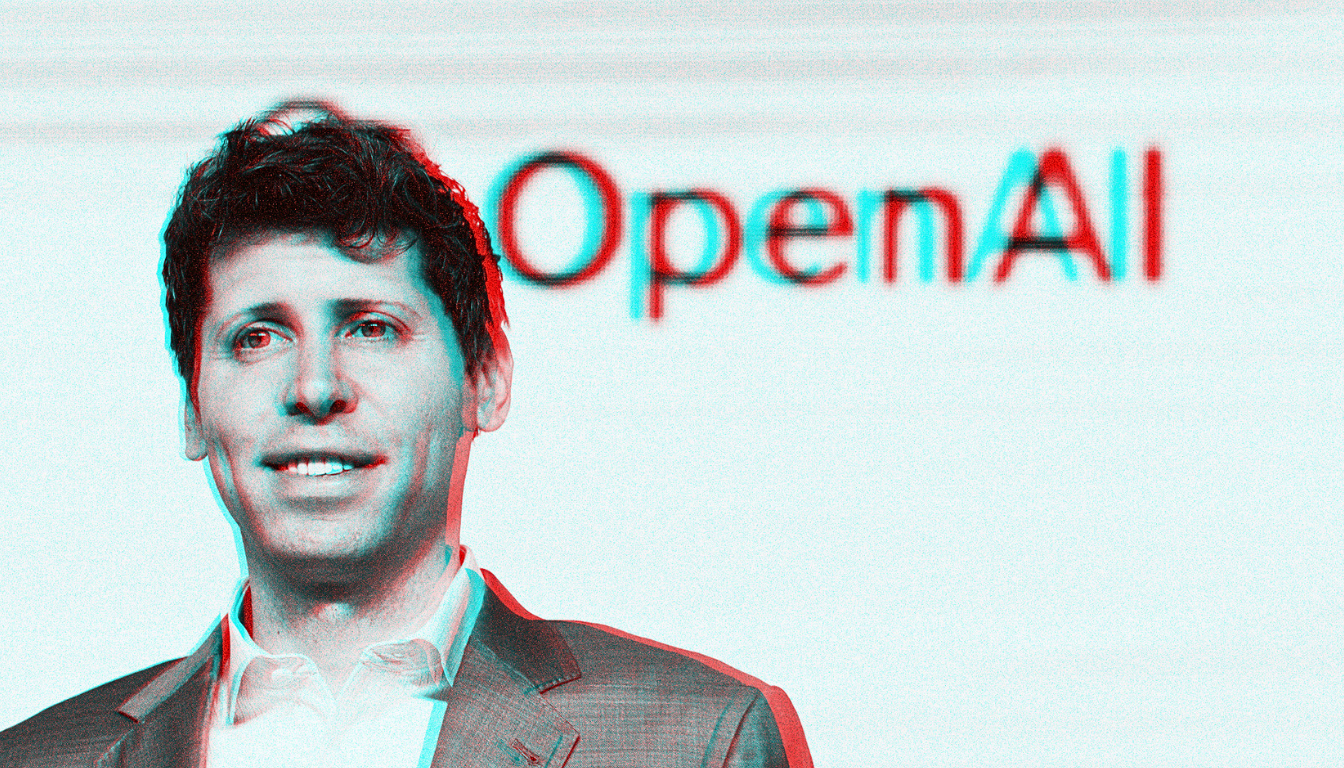This has been controversial as of late with critics voicing concerns about bad actors gaining access to LLMs to do bad things. What are OpenLLMs? Large language models (LLMs) are transforming how people interact with technology, enabling everything from automated customer support to creative content generation. These models, trained on vast datasets to understand and generate human-like text, are at the core of modern artificial intelligence. Historically, LLMs were primarily the domain of a few major companies with the resources to develop and maintain them. However, the emergence of open LLMs is democratizing access to this transformative technology.
Open LLMs—large language models that are openly available for use, modification, and research—are reshaping the AI landscape. They lower barriers to entry, empower developers, and foster innovation in ways that proprietary models cannot. By examining the benefits, challenges, and implications of open LLMs, it becomes clear why they are critical for the future of artificial intelligence.
What Are Open LLMs?
Open LLMs are large language models that are freely accessible to the public, often under open-source licenses. Unlike proprietary LLMs, which are controlled by a single company, open LLMs can be downloaded, deployed, and customized by anyone. Examples include models like OpenLLaMA, Meta’s LLaMA series (when shared responsibly), and Falcon LLM, which was released with permissive licensing for commercial use.
These models are typically trained on publicly available datasets and are shared with the intention of fostering collaboration and innovation. Open LLMs enable developers, researchers, and organizations to leverage advanced language capabilities without relying on closed, black-box systems controlled by major tech companies.
The Benefits of Open LLMs
Open LLMs bring several advantages that promote accessibility, transparency, and innovation in artificial intelligence.
One of the most significant benefits is democratization. Proprietary LLMs often require expensive subscriptions, API access, or significant infrastructure to deploy. Open LLMs eliminate these barriers, allowing smaller organizations, startups, and even individual developers to experiment with and build upon cutting-edge AI technology. This democratization levels the playing field and ensures that AI development is not concentrated in the hands of a few powerful entities.
Transparency is another key advantage. Open LLMs allow researchers to examine their architecture, training data, and fine-tuning methods. This openness promotes trust and accountability, enabling stakeholders to identify and address biases, errors, or vulnerabilities in the model. In contrast, proprietary models often operate as black boxes, with limited insight into their inner workings.
Open LLMs also foster innovation by enabling customization. Developers can fine-tune these models for specific tasks, industries, or languages without waiting for proprietary providers to release tailored solutions. This flexibility accelerates the development of specialized applications, from healthcare diagnostics to multilingual education platforms.
Additionally, open LLMs support research and education. Academic institutions and independent researchers can use these models to explore new techniques, conduct experiments, and advance the field of natural language processing. Students and aspiring AI developers can learn from hands-on interaction with real-world LLMs, gaining valuable experience without the financial constraints of proprietary systems.
Challenges Facing Open LLMs
While open LLMs offer significant benefits, they also come with challenges that must be addressed to ensure their responsible use and widespread adoption.
One of the primary challenges is resource requirements. Training and fine-tuning LLMs demand significant computational power and storage. While pre-trained open models are available, deploying them effectively still requires infrastructure and expertise that may be out of reach for smaller organizations or independent developers. Efforts to optimize models for efficiency, such as creating smaller versions or enabling on-device deployment, are crucial to addressing this issue.
Another concern is the potential for misuse. Open LLMs, like any advanced AI, can be used to generate harmful content, spread misinformation, or enable malicious activities. The accessibility of these models increases the risk of misuse by bad actors who might exploit them for spam, phishing, or propaganda. Balancing openness with safeguards, such as responsible licensing or usage guidelines, is essential to mitigating these risks.
Bias and fairness are also ongoing challenges. Open LLMs, like their proprietary counterparts, are trained on large datasets that may reflect societal biases. Without careful evaluation and fine-tuning, these biases can persist in the model’s outputs, leading to discriminatory or inappropriate content. Transparency in training data and collaborative efforts to reduce bias are critical steps toward creating fairer open LLMs.
Finally, there are questions about sustainability. Training large models consumes vast amounts of energy and resources, raising environmental concerns. Open LLM projects must explore energy-efficient training methods and encourage the reuse of existing models to minimize their carbon footprint.
Open LLMs vs. Proprietary Models
The rise of open LLMs has sparked a debate about the balance between openness and control in AI development. Proprietary models, such as OpenAI’s GPT series or Google’s Bard, often offer superior performance due to access to larger datasets, better infrastructure, and continuous refinement. However, their closed nature limits transparency, customization, and accessibility.
Open LLMs, on the other hand, prioritize collaboration and democratization. While they may not always match the performance of proprietary models, they provide unparalleled flexibility and transparency. Organizations and developers must weigh the trade-offs between using open or proprietary models, considering factors such as cost, control, and ethical concerns.
The Role of Open LLMs in the Future of AI
Open LLMs have the potential to drive transformative change in artificial intelligence. By making advanced language models widely accessible, they empower a broader range of stakeholders to contribute to AI development and innovation.
One area where open LLMs are particularly impactful is localization. Proprietary models often focus on major global languages, leaving smaller or underrepresented languages underserved. Open LLMs enable developers to fine-tune models for regional languages and dialects, expanding access to AI technology across diverse linguistic and cultural contexts.
Open LLMs also promote ethical AI development. Their transparency allows researchers to identify and address issues such as bias, fairness, and accountability. Collaborative efforts to improve open models set a standard for responsible AI practices and challenge proprietary providers to prioritize similar values.
In the long term, open LLMs can play a pivotal role in addressing global challenges. By enabling researchers and organizations to leverage AI for public good, open models can contribute to advancements in healthcare, education, climate science, and beyond. They represent a vision of AI as a tool for collective progress rather than a commodity controlled by a select few.
Conclusion
Open LLMs are reshaping the AI landscape by making advanced language models accessible, transparent, and customizable. They democratize AI development, foster innovation, and support ethical research, enabling a wider range of stakeholders to harness the power of artificial intelligence.
While challenges such as resource requirements, misuse, and bias remain, the benefits of open LLMs far outweigh the drawbacks. By prioritizing collaboration, transparency, and responsible use, open LLMs have the potential to transform industries, empower communities, and drive progress on a global scale.
As the demand for AI continues to grow, the role of open LLMs will only become more significant. They represent a vision of artificial intelligence that is inclusive, equitable, and aligned with the values of openness and innovation.


